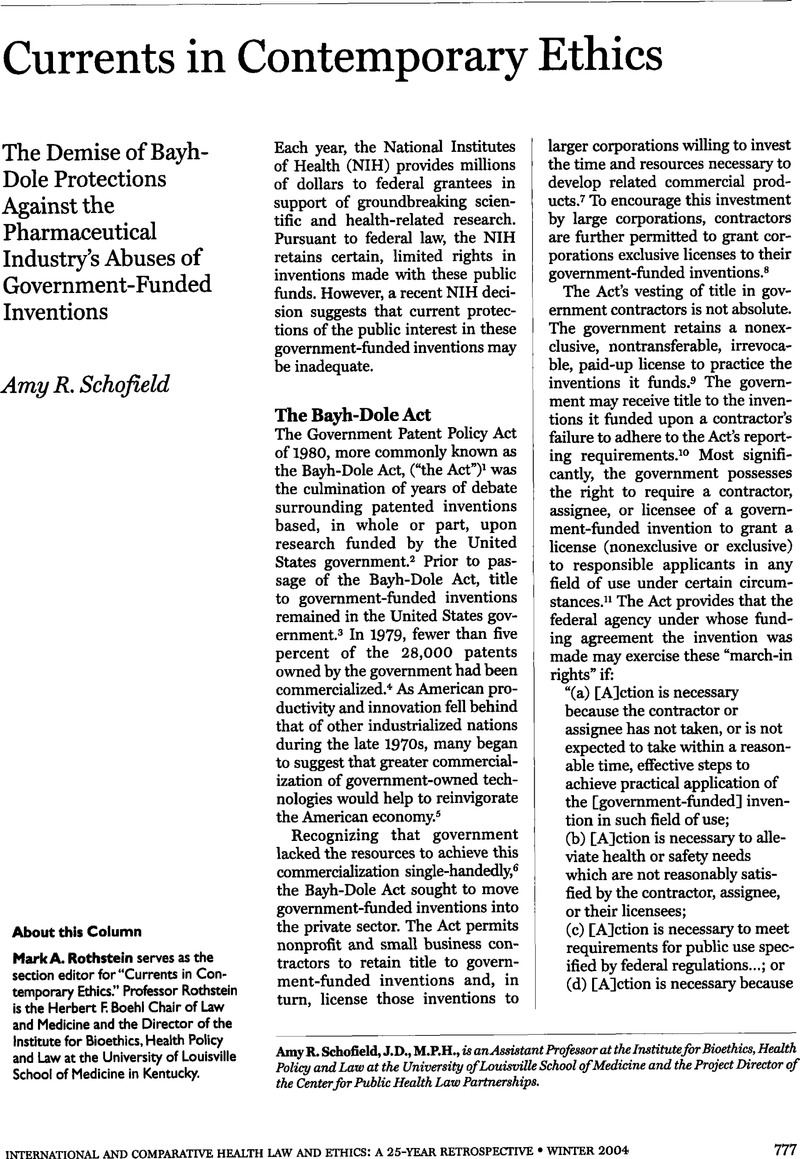Crossref Citations
This article has been cited by the following publications. This list is generated based on data provided by Crossref.
Winickoff, David E.
2006.
Governing stem cell research in California and the USA: towards a social infrastructure.
Trends in Biotechnology,
Vol. 24,
Issue. 9,
p.
390.
Bero, Lisa
2008.
“Experimental” institutional models for corporate funding of academic research: Unknown effects on the research enterprise.
Journal of Clinical Epidemiology,
Vol. 61,
Issue. 7,
p.
629.
Liang, Bryan A.
and
MacKey, Tim
2010.
Confronting Conflict: Addressing Institutional Conflicts of Interest in Academic Medical Centers.
American Journal of Law & Medicine,
Vol. 36,
Issue. 1,
p.
136.



